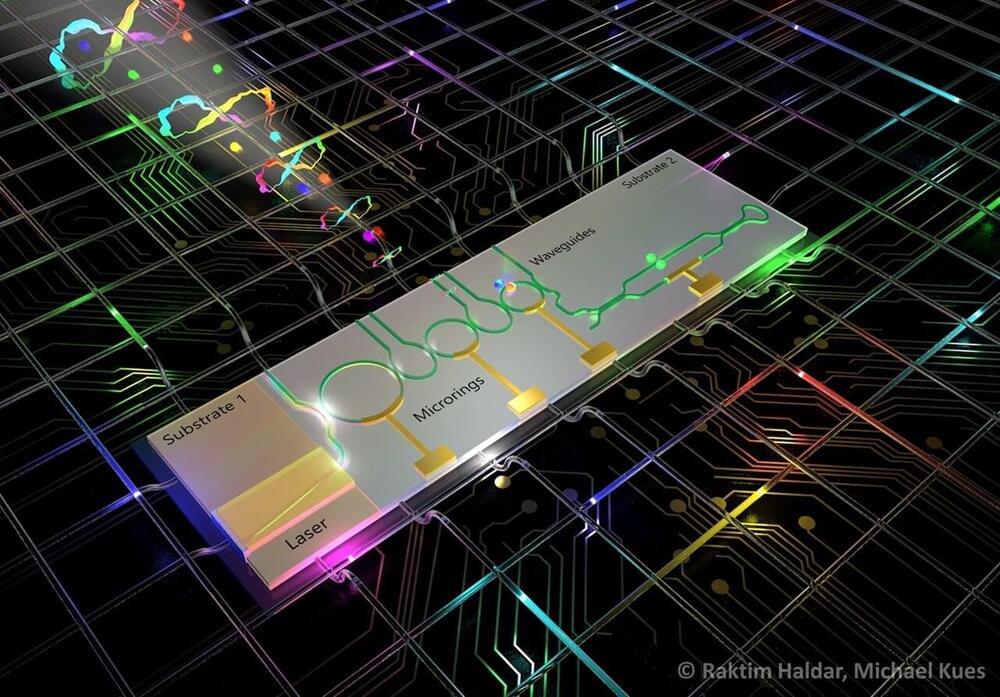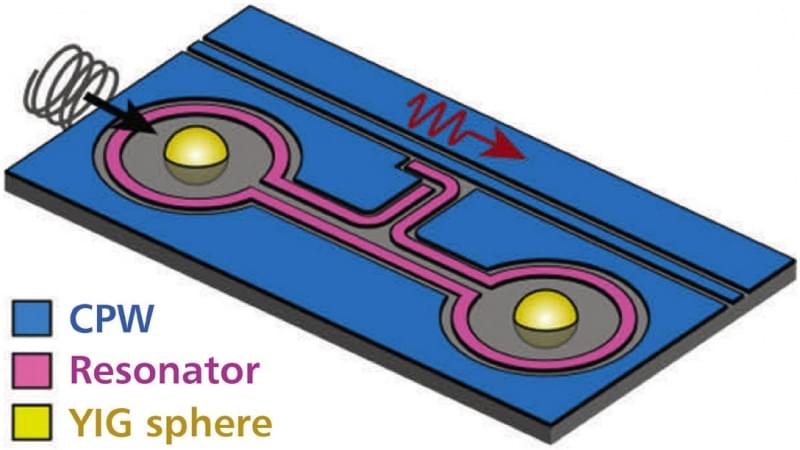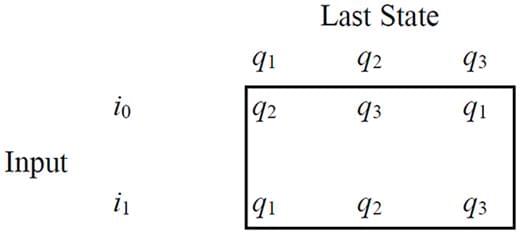An international team of researchers from Leibniz University Hannover (Germany), the University of Twente (Netherlands), and the start-up company QuiX Quantum has presented an entangled quantum light source fully integrated for the first time on a chip. The results of the study were published in the journal Nature Photonics.
“Our breakthrough allowed us to shrink the source size by a factor of more than 1,000, allowing reproducibility, stability over a longer time, scaling, and potentially mass-production. All these characteristics are required for real-world applications such as quantum processors,” says Prof. Dr. Michael Kues, head of the Institute of Photonics, and board member of the Cluster of Excellence PhoenixD at Leibniz University Hannover.
Quantum bits (qubits) are the basic building blocks of quantum computers and the quantum internet. Quantum light sources generate light quanta (photons) that can be used as quantum bits. On-chip photonics has become a leading platform for processing optical quantum states as it is compact, robust, and allows to accommodate and arrange many elements on a single chip. Here, light is directed on the chip through extremely compact structures, which are used to build photonic quantum computing systems. These are already accessible today through the cloud. Scalably implemented, they could solve tasks that are inaccessible to conventional computers due to their limited computing capacities. This superiority is referred to as quantum advantage.

 עברית (Hebrew)
עברית (Hebrew)




